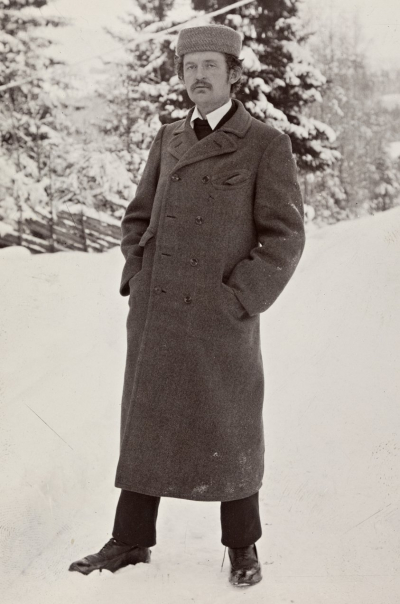The Scream is the popular name given to a composition created by Norwegian artist Edvard Munch in 1893. The agonized face in the painting has become one of the most iconic images of art, seen as symbolizing the anxiety of the human condition. Munch's work, including The Scream, would go on to have a formative influence on the Expressionist movement.Munch recalled that he had been out for a walk at sunset when suddenly the setting sun's light turned the clouds "a blood red". He sensed an "infinite scream passing through nature". Scholars have located the spot to a fjord overlooking Oslo and have suggested other explanations for the unnaturally orange sky, ranging from the effects of a volcanic eruption to a psychological reaction by Munch to his sister's commitment at a nearby lunatic asylum.
Munch created two versions in paint and two in pastels, as well as a lithograph stone from which several prints survive. Both painted versions have been stolen, but since recovered. One of the pastel versions commanded the fourth highest nominal price paid for an artwork at a public auction. The Norwegian title is Skrik (Shriek), and the German title was Der Schrei der Natur (The Scream of Nature).
Edvard Munch ( MUUNK, Norwegian: [ˈɛ̀dvɑɖ ˈmʊŋk] (listen); 12 December 1863 – 23 January 1944) was a Norwegian painter. His best known work, The Scream (1893), has become an iconic image of the art world.
His childhood was overshadowed by illness, bereavement and the dread of inheriting a mental condition that ran in the family. Studying at the Royal School of Art and Design in Kristiania (today's Oslo), Munch began to live a bohemian life under the influence of the nihilist Hans Jæger, who urged him to paint his own emotional and psychological state ('soul painting'). From this emerged his distinctive style.
Travel brought new influences and outlets. In Paris, he learned much from Paul Gauguin, Vincent van Gogh and Henri de Toulouse-Lautrec, especially their use of colour. In Berlin, he met the Swedish dramatist August Strindberg, whom he painted, as he embarked on a major series of paintings he would later call The Frieze of Life, depicting a series of deeply-felt themes such as love, anxiety, jealousy and betrayal, steeped in atmosphere.
The Scream was conceived in Kristiania. According to Munch, he was out walking at sunset, when he 'heard the enormous, infinite scream of nature'. The painting's agonised face is widely identified with the angst of the modern person. Between 1893 and 1910, he made two painted versions and two in pastels, as well as a number of prints. One of the pastels would eventually command the fourth highest nominal price paid for a painting at auction.
As his fame and wealth grew, his emotional state remained insecure. He briefly considered marriage, but could not commit himself. A mental breakdown in 1908 forced him to give up heavy drinking, and he was cheered by his increasing acceptance by the people of Kristiania and exposure in the city's museums. His later years were spent working in peace and privacy. Although his works were banned in Nazi-occupied Europe, most of them survived World War II, securing him a legacy.

2006Aug, 31
Edvard Munch's famous painting The Scream, stolen on August 22, 2004, is recovered in a raid by Norwegian police.
Choose Another Date
Events on 2006
- 4Jan
Ariel Sharon
Prime Minister Ariel Sharon of Israel suffers a second, apparently more serious stroke. His authority is transferred to acting Prime Minister Ehud Olmert. - 21Mar
Twitter
The social media site Twitter is founded. - 11Apr
Mahmoud Ahmadinejad
Iranian president Mahmoud Ahmadinejad announces Iran's claim to have successfully enriched uranium. - 5Jun
State Union of Serbia and Montenegro
Serbia declares independence from the State Union of Serbia and Montenegro. - 29Jun
Guantanamo Bay detention camp
Hamdan v. Rumsfeld: The U.S. Supreme Court rules that President George W. Bush's plan to try Guantanamo Bay detainees in military tribunals violates U.S. and international law.

 English
English  español
español  français
français  português
português  русский
русский  العربية
العربية  简体中文
简体中文 